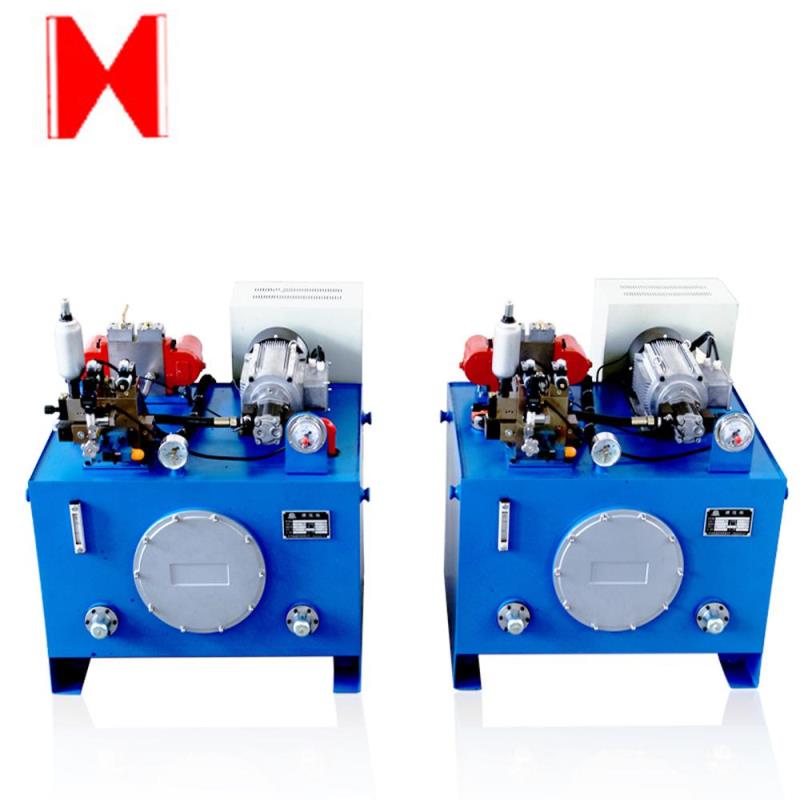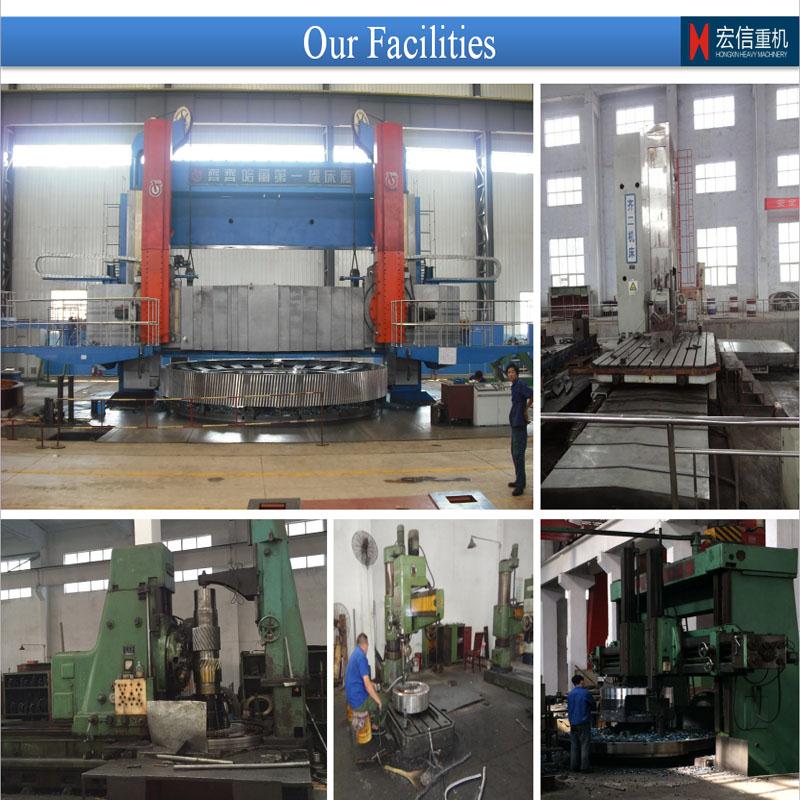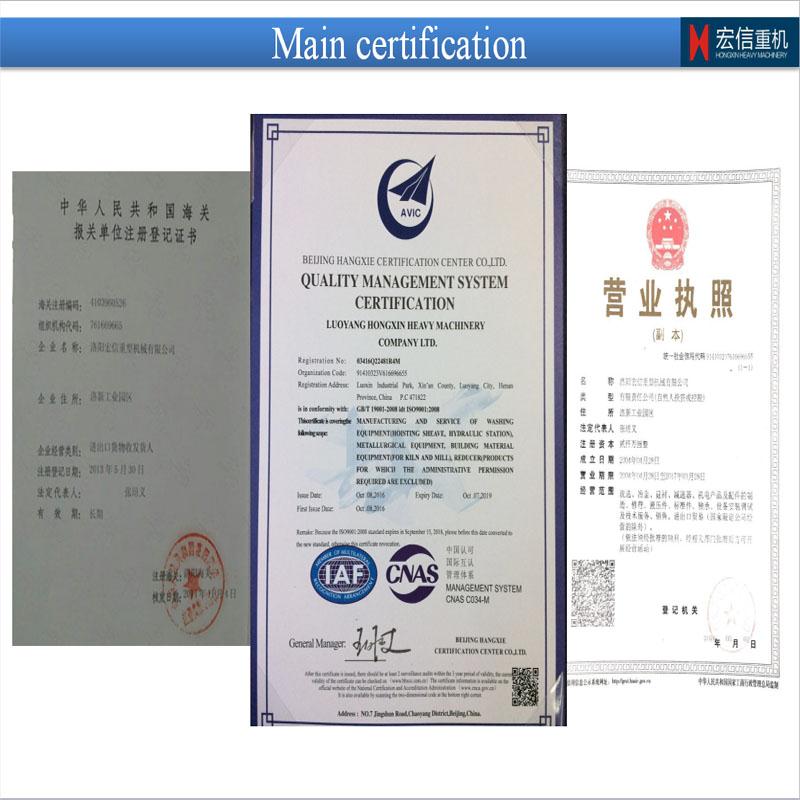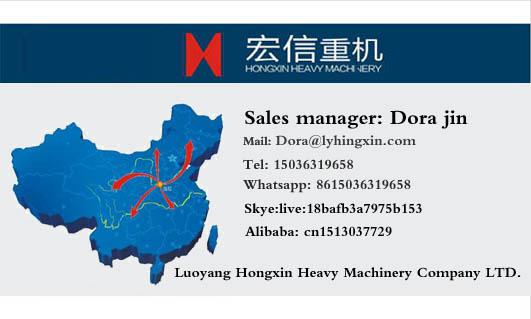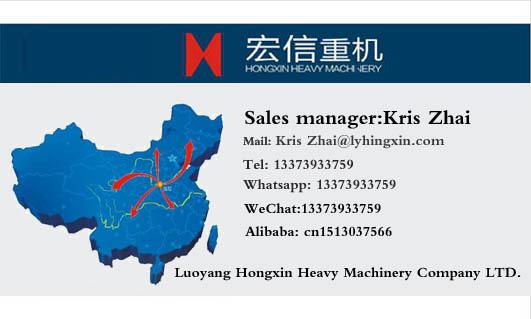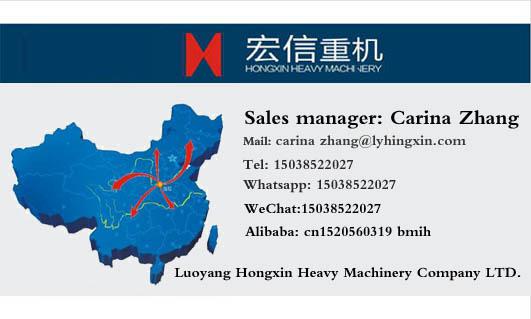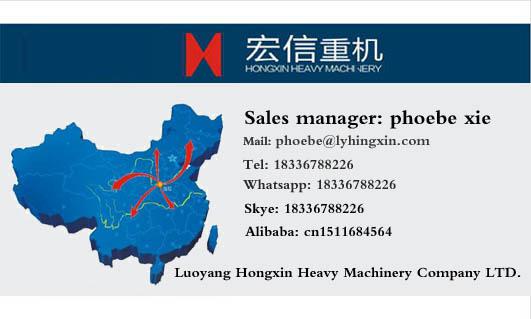Shaker type, feature system introduction
The type of shaker shaker can be divided into many types according to the structure of the transmission device, that is, the bed head. Now for the 6-s-type shaker, the cloud shaker tin, spring shaker, and the shaker multilayer shaker to brief centrifugation. 1) 6-s shaker The 6-s shaker, also known as the Hengyang shaker, has a structural form that was developed and improved by the early Wilfley shaker. The eccentric link type bed head and the fixed axis type slope adjustment mechanism are adopted. Figure 9-16 shows the structure of the device. The support device and the slope-adjusting mechanism of the shaker machine surface are all placed on the frame. The bed surface is supported by four plate-shaped rockers, as shown in Figure 9-17. This support is characterized by a curved reciprocating motion of the bed surface in a vertical plane with slight vibration. When the rocker is slightly inclined to the bed end by about 4-5, the particle group on the bed surface is moved and loosened, so the shaker is more suitable for processing coarse ore. 2) Yunxi Shaker Yunxi type shaker is also called Guiyang type shaker. It is developed by the Soviet type CC-2 type shaker through China. It was named after it was originally manufactured by Guiyang. Its device structure is shown in Figure 9-18. The Guiyang shaker uses a simplified cam-lever bed head called a cam rocker head. It directly pushes the rocker arm movement by the roller on the eccentric shaft. The Yunxi shaker has a simple rack and the bed is supported by sliding. There are four semi-circular protrusions under the four corners of the bed, and the slider is supported by a concave support in the rectangular oil bowl, as shown in Figure 9-19. Add oil to the oil bowl. The bed surface reciprocates linearly on the slider block. The support mode is balanced and can withstand greater pressure. However, its resistance to movement is large. A variable-axis grading mechanism is adopted. The bed of Guiyang shaker has a large asymmetry and a wide range of differential adjustment, which can adapt to different feed size and sorting requirements. The bed head mechanism is reliable in operation, with few wear parts and no oil leakage. However, it is not convenient to adjust the stroke and maintenance, and the adjustment range of the lateral slope of the bed surface is small (0 to 5 degrees). Therefore, the shaker is suitable for processing fine-grained materials or slime. 3) Spring shaker The spring shaker is different from the first two shakers in that it is a component and a hard spring as a differential motion mechanism. After production practice and continuous improvement, it has been used as a stereotyped product, and its equipment structure is shown in Figure 9-20. The bed surface of the spring shaker is the same as the Guiyang mud shaker (yunxi shaker), and the bed strip is also made by the groove method. The support of the bed surface is the same as that of the Guiyang shaker. The wedge block is used to adjust the slope, which is generally adjustable by 1-4 degrees. Suitable for the sorting of slime. 4) New multi-layer shaker In order to overcome the large area of ​​the shaker and the weakness of the treatment, the suspension multi-layer shaker has been developed abroad since the 1950s. Such multilayer shaker, mainly for separation of fine coal. Figure 9-21 is a schematic diagram of the structure of a four-layer suspension shaker developed in China in 1977. Transmission and wire rope are suspended bed in a metal bracket or hook prefabricated buildings. The inertial force of the bed head is transmitted to the frame of the shaker through the ball joint connector, so that the bed surface is linked with the bed head. The bed surface adopts the bee enamel sandwich structure, which is made of off-duty steel. Its structure is shown in Figure 9-22, and the center spacing of the bed surface is 400mm. A self-locking worm wheel pole adjustment device is arranged on the steel frame. The slope-adjusting device is connected to a pair of wire ropes at the concentrate end. When the sprocket is pulled, the wire rope moves on the sliding wheel, thus changing the lateral slope of the bed surface. The Dayi sorrow and the flushing water are respectively fed to the bed surface by the feeding tank and the water supply tank. The products are respectively discharged into concentrate tanks successively on each bed surface and medium ore tanks and tailings tanks arranged on the ground. The suspended multi-layer shaker improves the single-machine processing capacity, improves the sorting effect, reduces the bulky foundation, has no impact and vibration on the building, low running noise, simple maintenance, saving capital investment, and easy operation and management. 5) Centrifugal shaker The centrifugal shaker is used to make the bed surface reciprocate and also rotate, so as to strengthen the sorting process by inertial centrifugal force. Our country was first used in 1969 in the tailings from weak magnetic separation, the illusion of hematite recovery supplement, and achieved good results. On this basis, the centrifugal shaker was improved in 1974, and a double-headed centrifugal shaker was prepared to treat -0.5 mm of slime. Figure 9-23 shows the sly1.8 double-headed centrifugal diagram. It can be seen that it is mainly composed of three parts: shaking, rotating and bed. The slope-adjusting mechanism commonly used in the rocking device of the shaker has two types: fixed shaft type and variable shaft type. 1) Fixed axis The fixed-axis grade adjustment device is shown in Figure 9-10. When the slope is to be adjusted, the axis position of the bedside rod is unchanged. The 0 point on the figure is the center of rotation and the position of the axis c of the bedside rod. No matter how the slope changes, the position of c is always with o life. Hengyang shaker adopts this kind of slope-adjusting device. 2) Variable axis The variable-axis grading mechanism is shown in Figure 9-11. When the slope is adjusted, the axial position o of the head rod is also raised or lowered. When the slope changes greatly, the change of the rod axis causes the bed surface to jump, and in severe cases, the rod can be damaged. Therefore, it is not appropriate to use a variable-axis type slope-adjusting mechanism on a shaker with a large gradient. The advantage is that the structure is simple and convenient to use. Therefore, it can be used on a slime shaker with a small range of slope adjustment, such as a Guiyang shaker and a spring shaker. The structure of the bed surface of the shaker, the shape of the bed and the arrangement of the bed on the bed surface have an important influence on the sorting effect and processing capacity of the shaker. Bed surface size The shape of the bed surface is divided into rectangles, trapezoids and diamonds as shown in Figure 9-12. The rectangular bed surface has the advantages of simple structure and neat appearance, but the utilization of the bed surface is low. Since the movement of the ore on the bed surface is affected by the longitudinal reciprocation of the bed surface and the lateral flushing action, its movement trajectory is oblique. Therefore, two AED and DGG unbiased hammers are formed on the rectangular bed surface and assembled together as shown. The large gear has twice the number of teeth and the pitch diameter than the pinion, and its speed is 2. The drive motor is mounted above the gear cover to directly drive the pinion. In the relative movement of the upper and lower gears, the aggression of the heavy hammers in the vertical direction always cancels each other out. However, in the horizontal direction, when the heavier weight on the large gear shaft is on the same side as the heavier weight on the pinion shaft, the inertial centrifugal force is maximized. When the big gear rotates for half a week, the pinion rotates just a week, and its inertial centrifugal force is reduced to a minimum. Therefore, a force for the differential action is generated in the horizontal direction. The number of revolutions of the big gear is the number of times of the bed. The stroke can be changed by changing the weight of the heavy hammer. Adjusting the stroke does not affect the stroke, which is characteristic of such bed heads. Supporting method, bed and bed longitudinal wave 1) Supporting method The commonly used shaker support methods in China include sliding support, rolling support, rocking support and spring piece support. The form of movement of the bed surface is also different due to the different support methods. For example, the sliding support and the rolling support can make the bed surface move horizontally. The rolling support is small, but the support roller is easy to wear and bears less load, such as a spring shaker. The sliding support has a large resistance, but it can withstand a large load, such as a Guiyang shaker (ie, a cam lever bed). Shaking the support uses the rocker to support the bed surface. If the rocker is installed vertically, the bed surface will move in a straight line. If the installation method is changed, the rocker will be tilted to the bed to make the bed surface move in an arc. Facing the transportation capacity of materials and increasing the looseness of the bed, such as Hengyang shaker. The spring piece support uses a flexible spring piece to support the bed surface, and the spring piece and the vertical line are installed obliquely rearward, and the movement mode of the shaker surface and the ore belt. For example, if two non-mineral strips on the rectangular bed surface are partially cut off, a diamond-shaped bed surface is formed in the lower part. The DEFC diamond bed surface not only has high utilization rate, but also extends the sorting belt and improves the sorting efficiency. The downside is that the configuration and operation management of the shaker is inconvenient. The bed surface is widely used in foreign countries, and in China, the trapezoidal bed surface between the two is used. The standard size of the trapezoidal bed surface is long * drive end width * concentrate end width = 4500 * 1800 * 1500mm, and its area is about 7.5m square. The bed surface is a key part of the shaker, so it should have; reasonable structural parameters, good beneficiation performance, adapt to the characteristics of the ore supply and the quality requirements of the product, and also have anti-wear, anti-corrosion, imperviousness, no deformation, and Appropriate roughness and other characteristics. The surface of the bed is generally wooden. For waterproofing, a layer of protective material such as rubber or lacquer is often applied to the bed. 2) Bed and bed slope The five kinds of gorgeous bedclothes currently used in China are shown in Figure 9-13. Rectangular bed strips are suitable for coarse sand shakers. The triangular bed strips are suitable for fine sand and slime shakers. These two types of bed strips are nailed or glued to the bed surface, called raised bed strips. The other is a grooved bed strip, which is a groove in the plane, suitable for a mud shaker. There is also a type of bed between the two, which is a combination of a wedge-shaped groove and a trapezoidal raised strip called a cloud-tin bed, which is applied to a coarse-grained, medium-grain ore shaker. The bed surface of the Hengyang shaker, the spring shaker and the suspended multi-layer shaker is a flat surface, but the concentrate end of the bed surface should be slightly increased during installation to form a longitudinal slope of 0-1.5 degrees. For example, the Guiyang shaker makes the bed surface into two or more planes, and is connected by slopes in the middle to form a stepped bed surface. The adjustment of the rectangular bed and the triangular bed gradually decreases from the transmission end to the concentrate end from high to low, and the strips at the end are slanted along a diagonal line at an angle of 40 degrees to the tailings edge. The angle is called a sharp angle. The rectangular strips are sometimes separated by two long and one short points, so that the arrangement facilitates the better unfolding of the middle ore belt. In addition, the bed is gradually changed from low to high in the lateral direction from the feeding side to the tailing side. As shown in Figure 9-14. The coarse sand and fine sand shaker bed strips are placed on the stepped bed surface. At the lowest point of the drive end plane, the bed is the highest and the ore is coarsely selected here. Heavy mineral particles are selected along the vertical climb and finally reach the plane of the concentrate. The ore shaker on the flat bed surface is generally provided with 44 to 50 bed strips, and the grooved fine mud shaker device has 45 to 65 grooves. The raised bed strips are preferably made of plastic or rubber and bonded to the bed surface with an adhesive which is durable and resistant to deformation and prevents damage to the bed surface due to nail holes. The bed is commissioned in the longitudinal direction and is gradually lowered from the feeding end to the heavy product end. The maximum commissioning of the ore bed is related to the grain size of the ore. The thickness of the bed is also thicker, and the strength of the rising water is higher. Therefore, the height of the bed should be larger. When selecting coarse particles, the ratio of the height of the bed to the maximum particle size of the ore is 3 to 4. For fine materials or slime, the ratio can be 60 or more. The bed selection of the rough selection shaker is greater than that of the selected shaker to ensure low grade tailings and higher concentrate recovery. Bed line debugging along the bed surface is generally reduced from bottom to top. For example, the maximum height of the bed along the top of the bedding is 6mm, and the maximum commissioning of the bottom line increases to 12-18mm. This is because the function of the upper bed is to collect high-density ore particles, allowing more upper layered strips to be discharged, so the height of the bed can be slightly lower; while the lower bed is to collect the lower density materials in turn. It is required that the uppermost layer of low-density ore is discharged from the upper part of the bed, so the bed should be raised accordingly. Movement characteristics of the shaker 1) Shaker characteristic curve There are two representations of the displacement curve of the bed surface, namely the graphic method and the analytical method. It can also be measured by the instrument under static state or dynamic state. And then draw the speed curve and acceleration curve according to the displacement curve. 2) Asymmetry of bed surface motion The motion characteristics of the three main shaker mechanisms described above are all asymmetrical. However, their degree of asymmetry is also different from each other, and is represented by the asymmetry coefficients E1 and E2. Asymmetry coefficient E1 The asymmetry coefficient E1 is the ratio of the round-trip time of the bed surface to the back-end time of the mid-line and the round-trip time of the first half of the midline. That is, when the bed surface advances from the end point, the initial half of the stroke is long, and the time of the latter half is short; when the bed is retreated, the initial half of the stroke is short, and the second half is long, E1 is E1=advance The first half of the trip + the time required for the second half of the retraction stroke / the second half of the forward stroke + the time required for the first half of the retraction trip.
Hydraulic Brake Control System:
Product Usage :
Hydraulic station with frequency conversionn is a new development product that applies to supper-huge hoist, and wildly used in Kailua
Factory Equipments
Luoyang Hong Xin Heavy Co., LTD. is located in Luoyang Xin'an Industrial Park, Luoyang Hongxin Heavy Machinery Co., Ltd is an enterprise featured with industrial designing, processing and manufacturing, which is qualified for import-export trade. Covering an area of 15,000 square meters and holding an annual production value of 80 million RMB, the company of 20 million RMB registered capital has total 100 staff members, among which there are 20 engineering technicians owning senior and medium professional titles and 40 intermediate and senior technicians capable of product designing and developing.
Hongxin is dedicated to produce reducers, hoists, crushers, Ball Grinding Mills and the equipments of screening, coal washing, metallurgy and cement, and replacement parts. Meanwhile, we provide the perform maintenance service for various series of equipments. There are 52 large-scale equipments applied into the manufacturing process, such as T200 CNC floor boring and milling machine, YK 73125 CNC molding gear grinding machine, YK322B CNC molding gear grinding machine, Y3200 gear hobbing machine, Y1600 CNC gear sharper, 4m vertical lathe, 6.3m CNC vertical lathe, T110 CNC boring machine, and 52 middle-sized productive and assistive equipments, which integrate strong manufacturing and processing capability with complete managing system of production and technology, quality management system and comprehensive testing measures
certificates
Contacts
Hydraulic Brake Control System Hydraulic Brake Control System,Hydraulic Bending Brake Control System,Press Brake Brake Control System,Hydraulic CNC Brake Control System Luoyang Hongxin Heavy Machinery CO., TLD. , https://www.hxreducer.com











